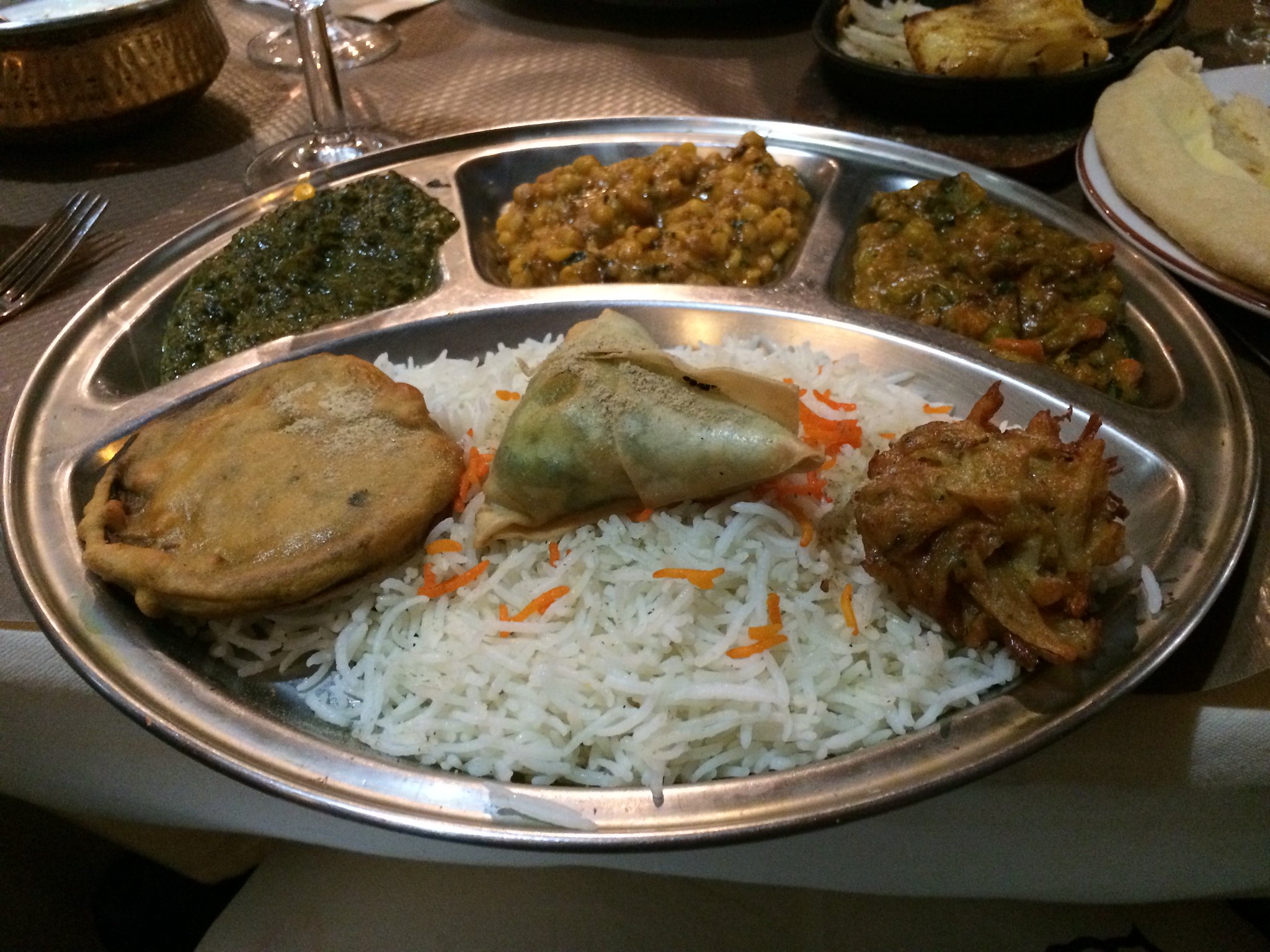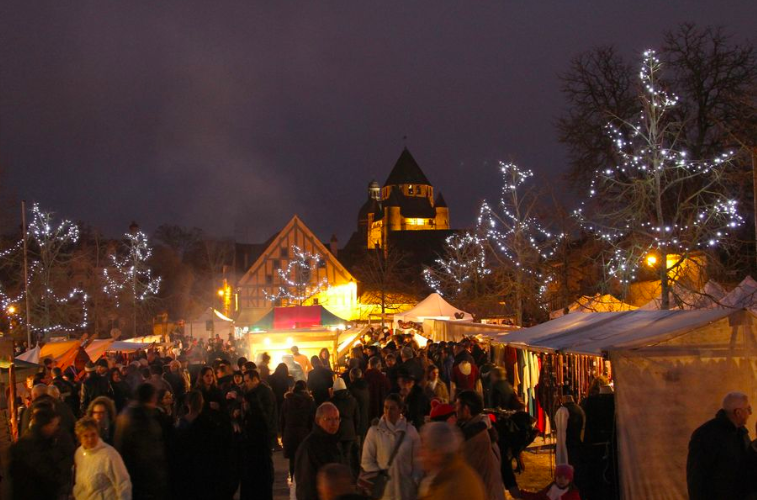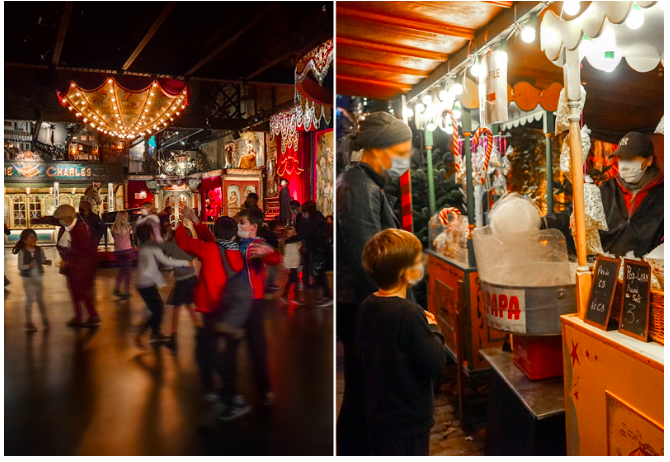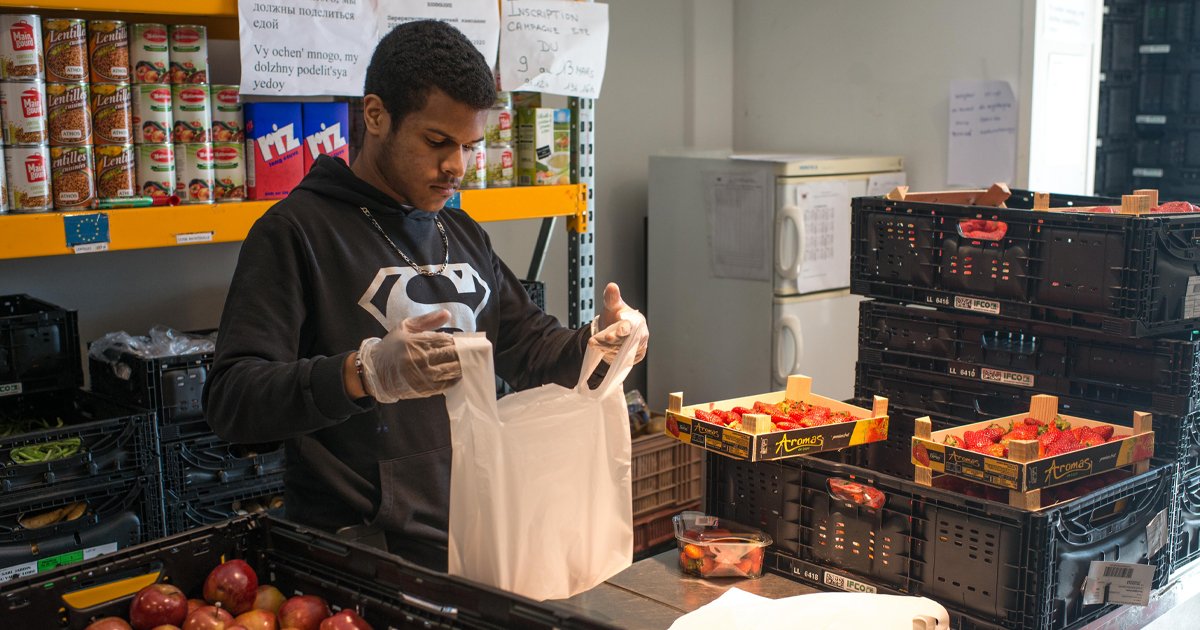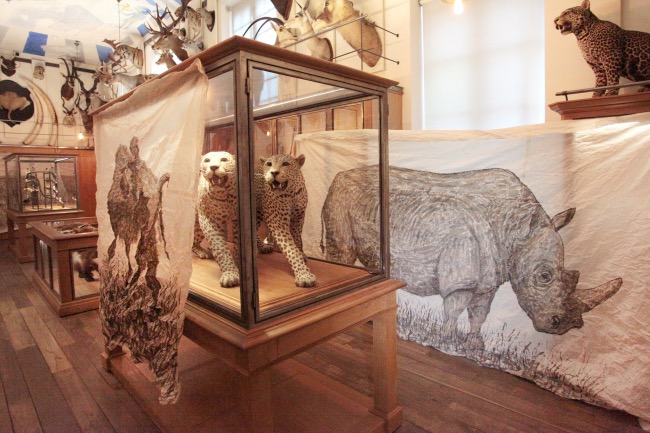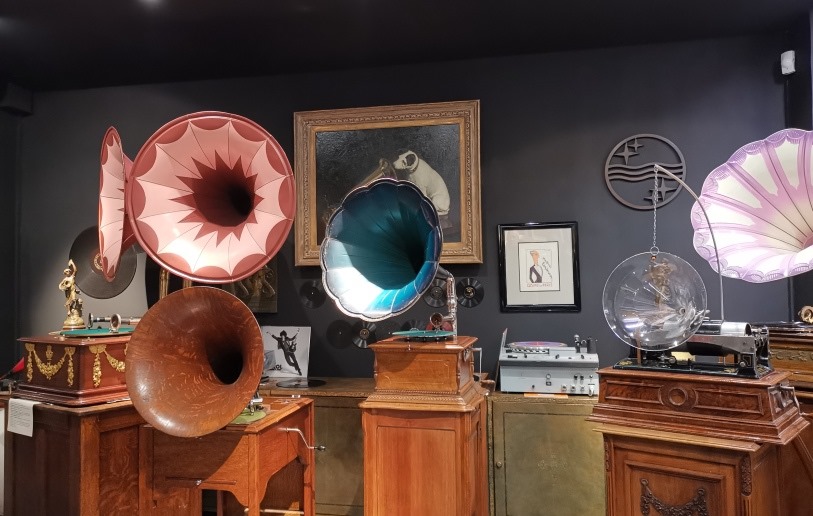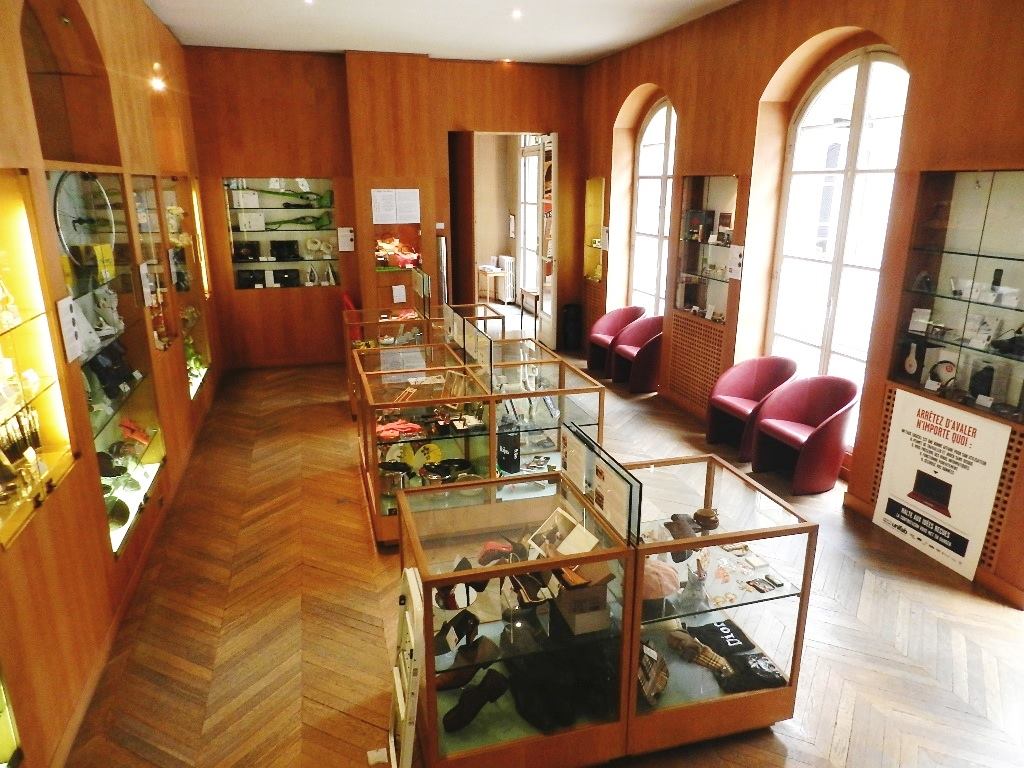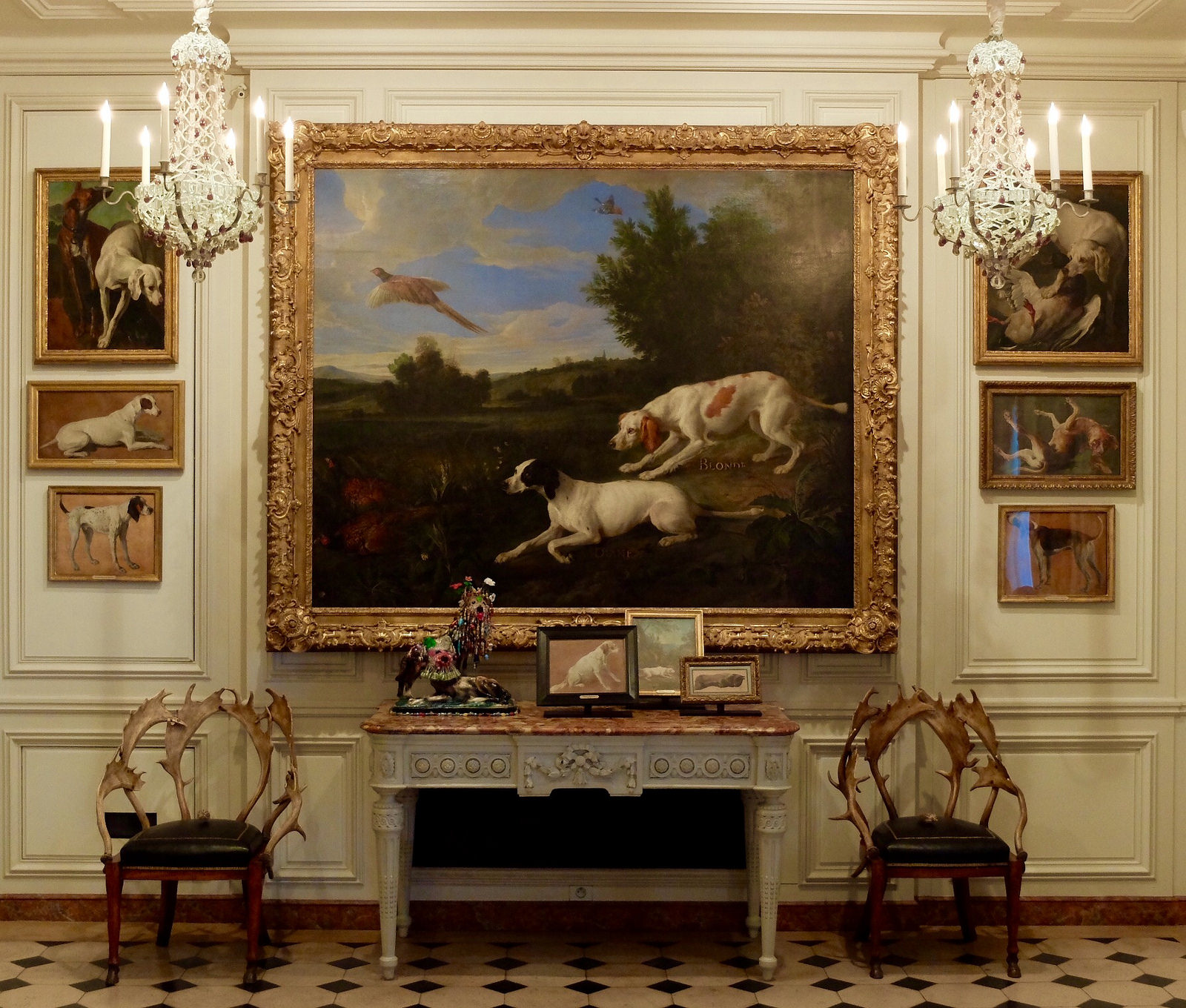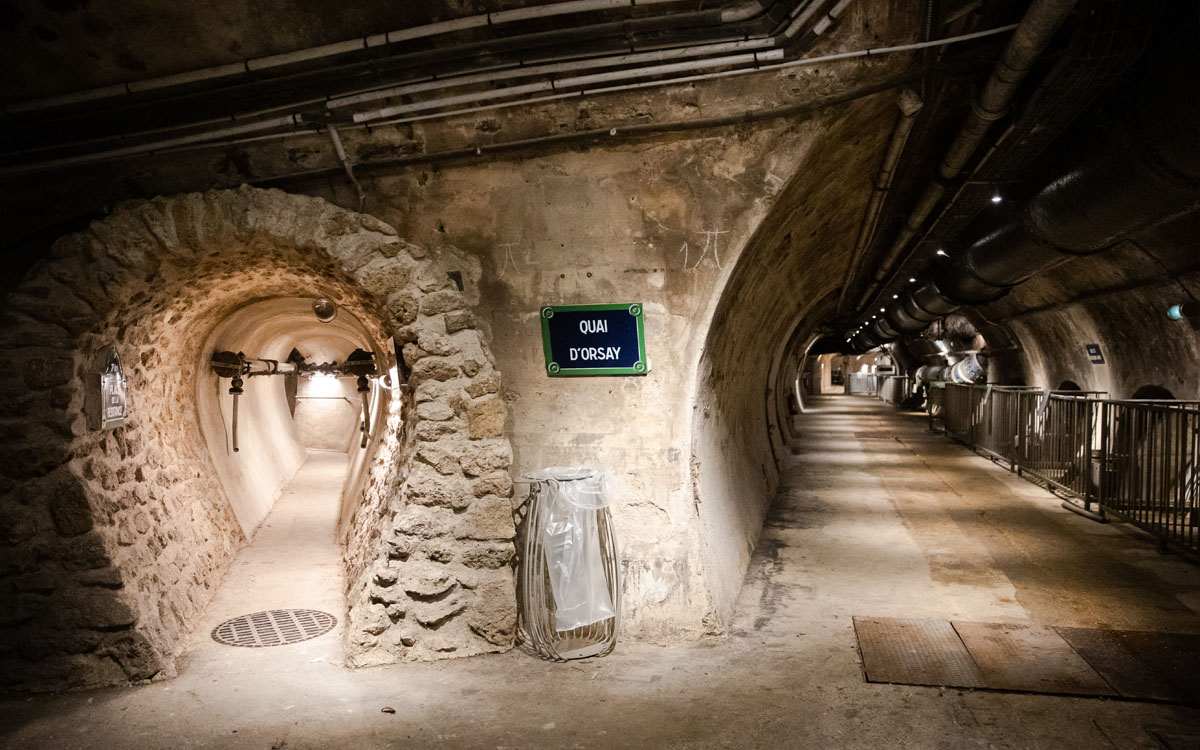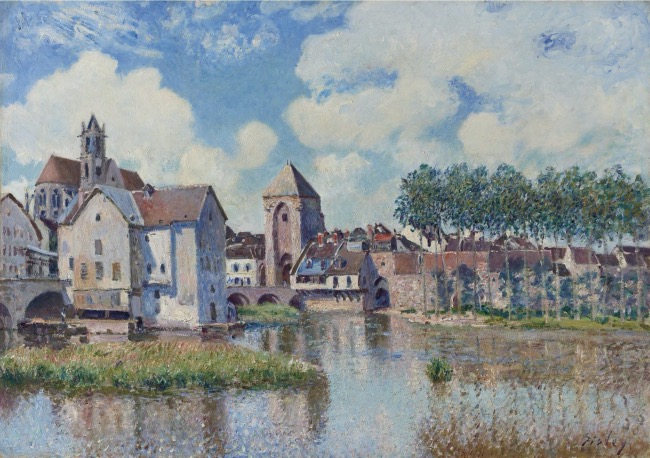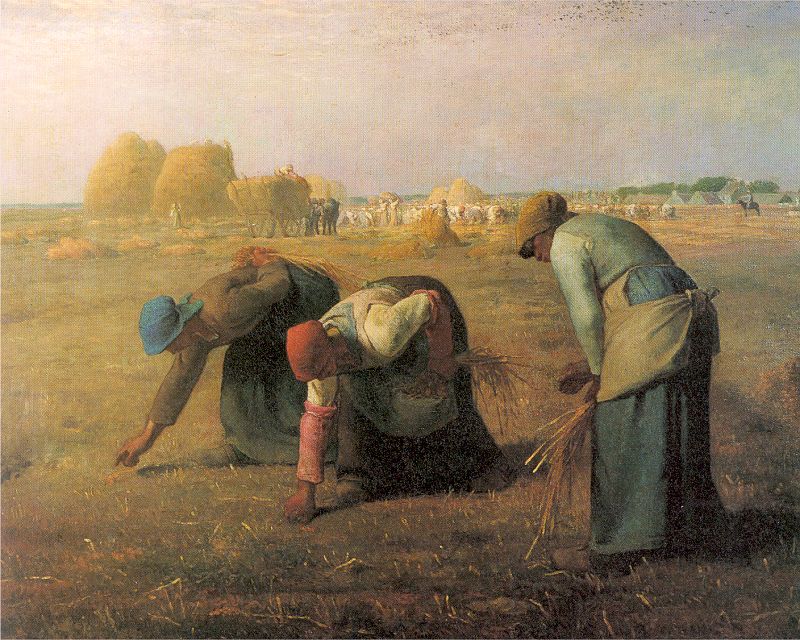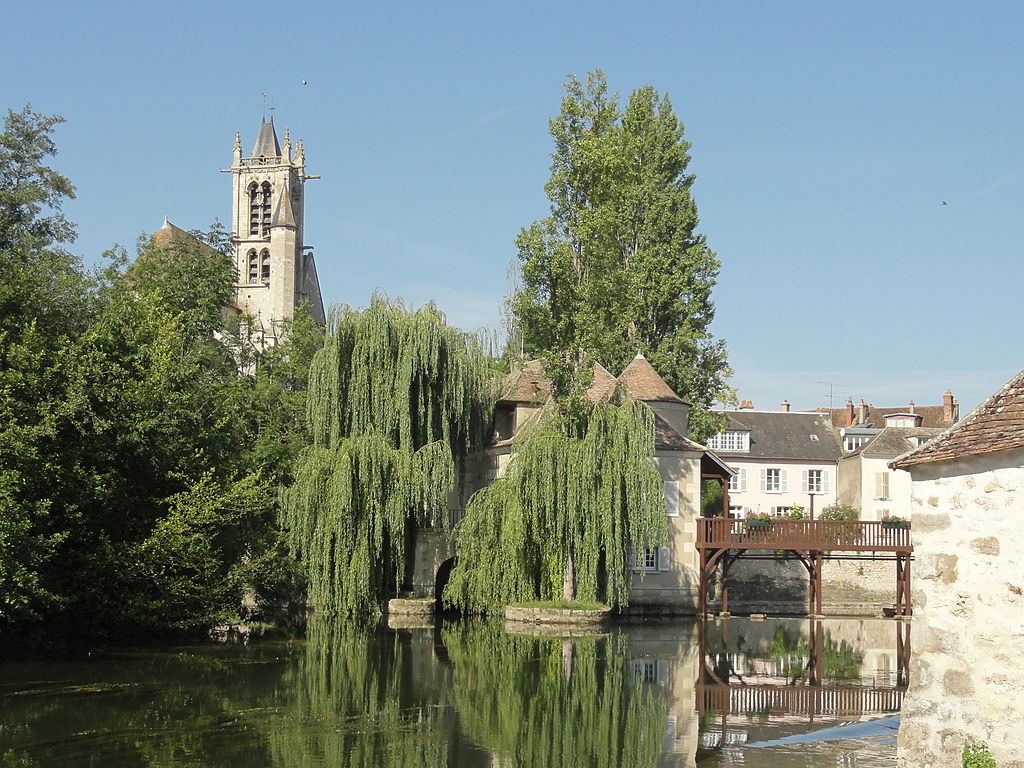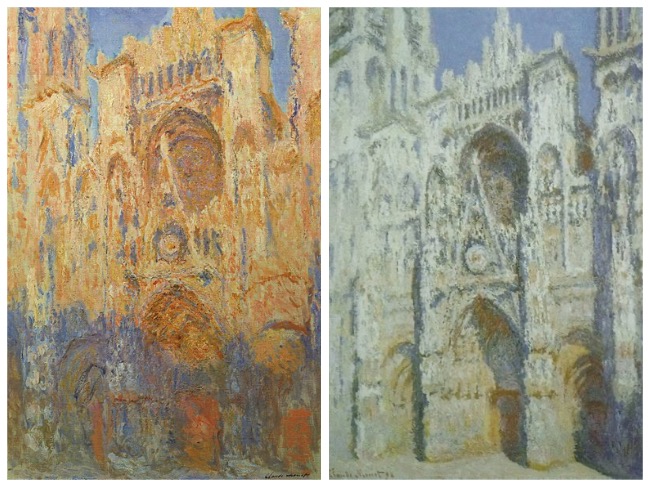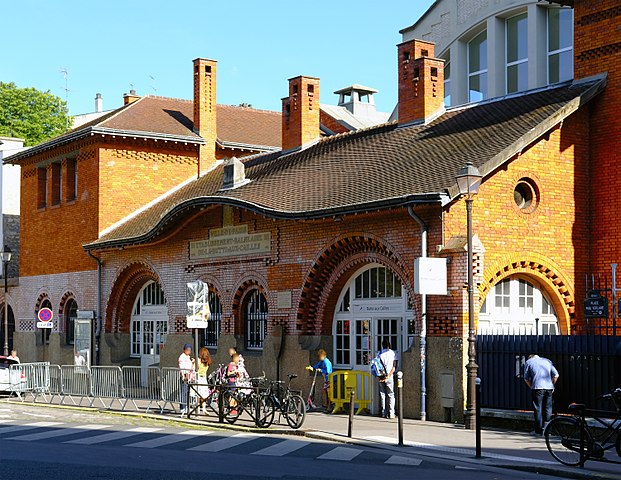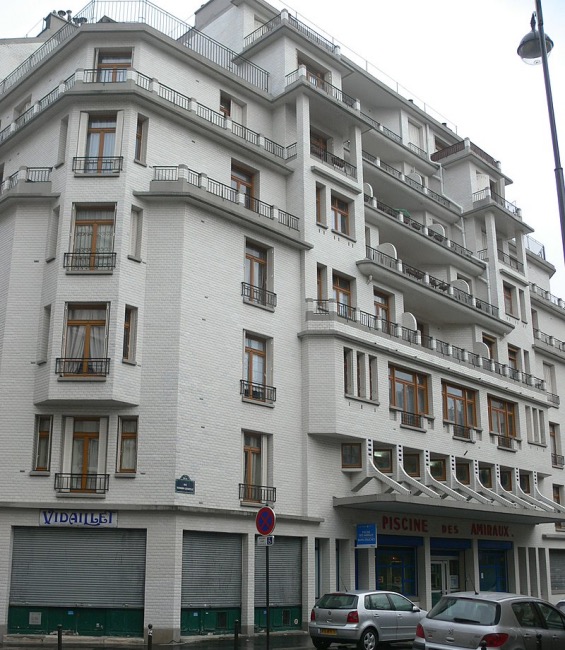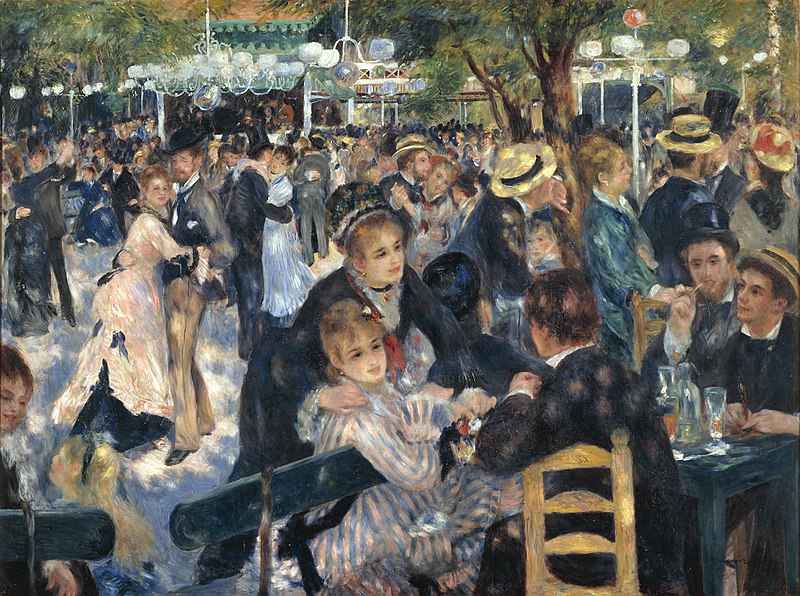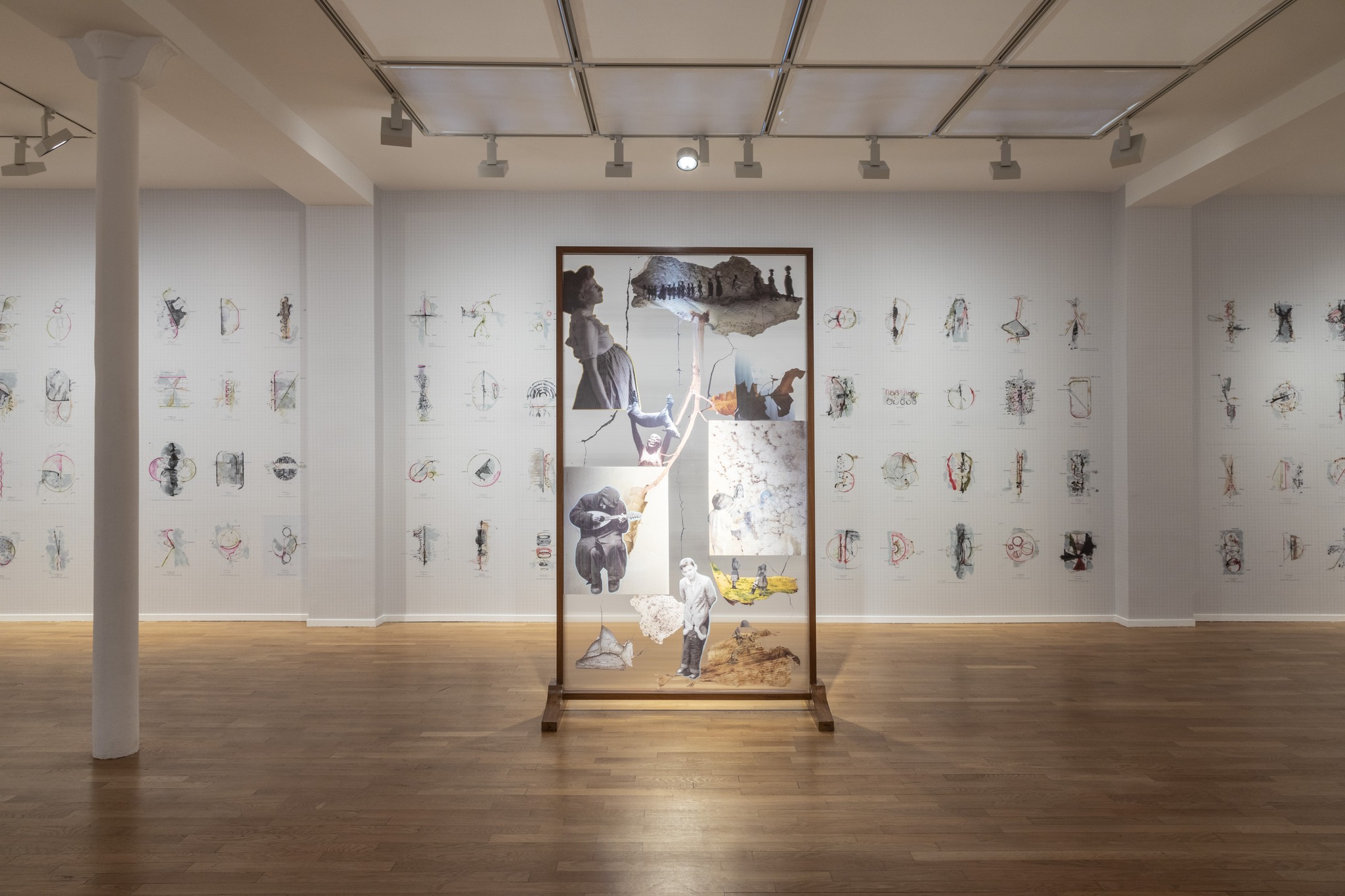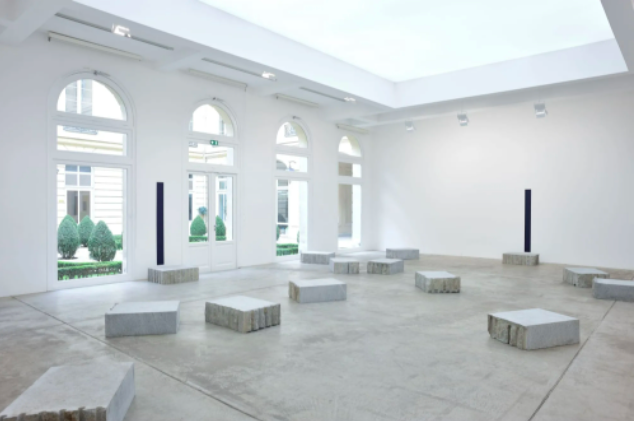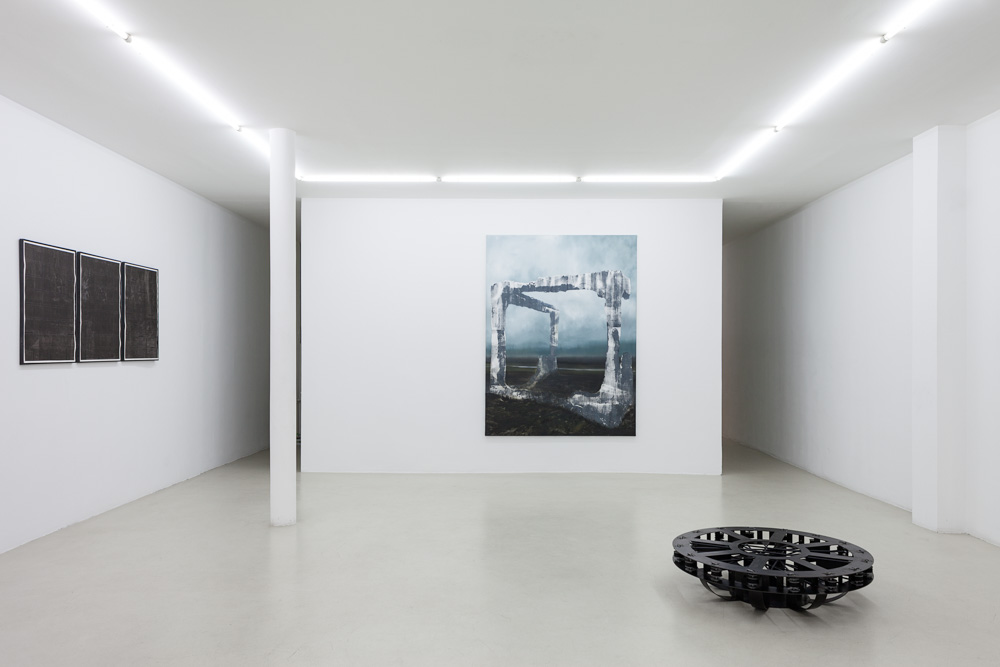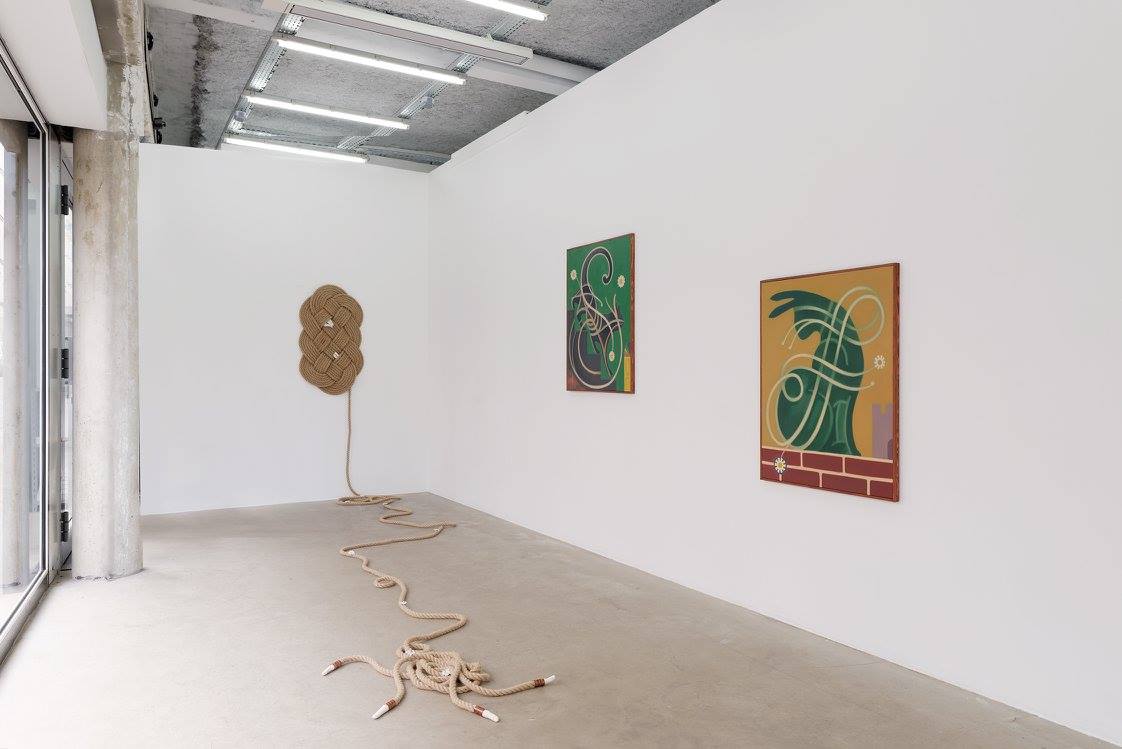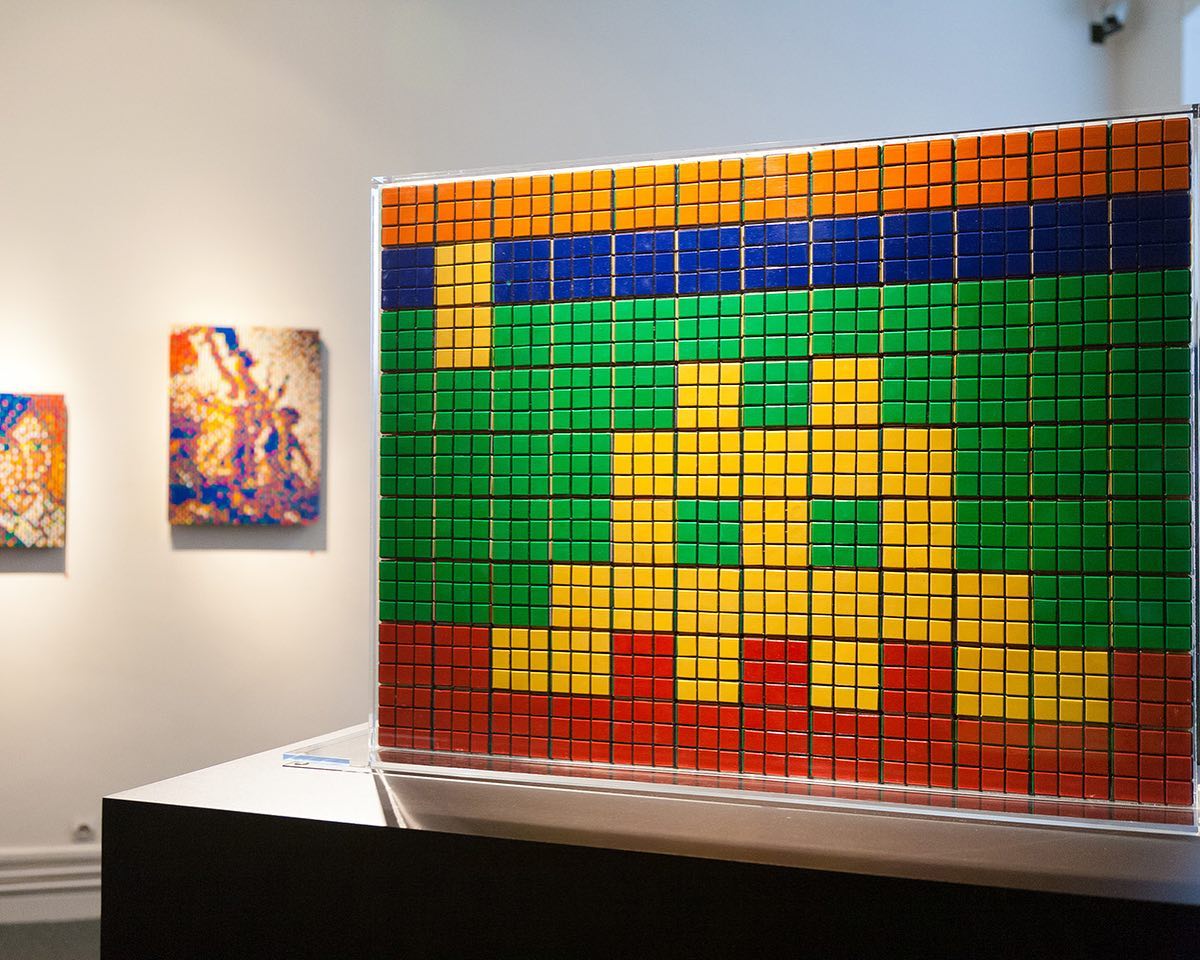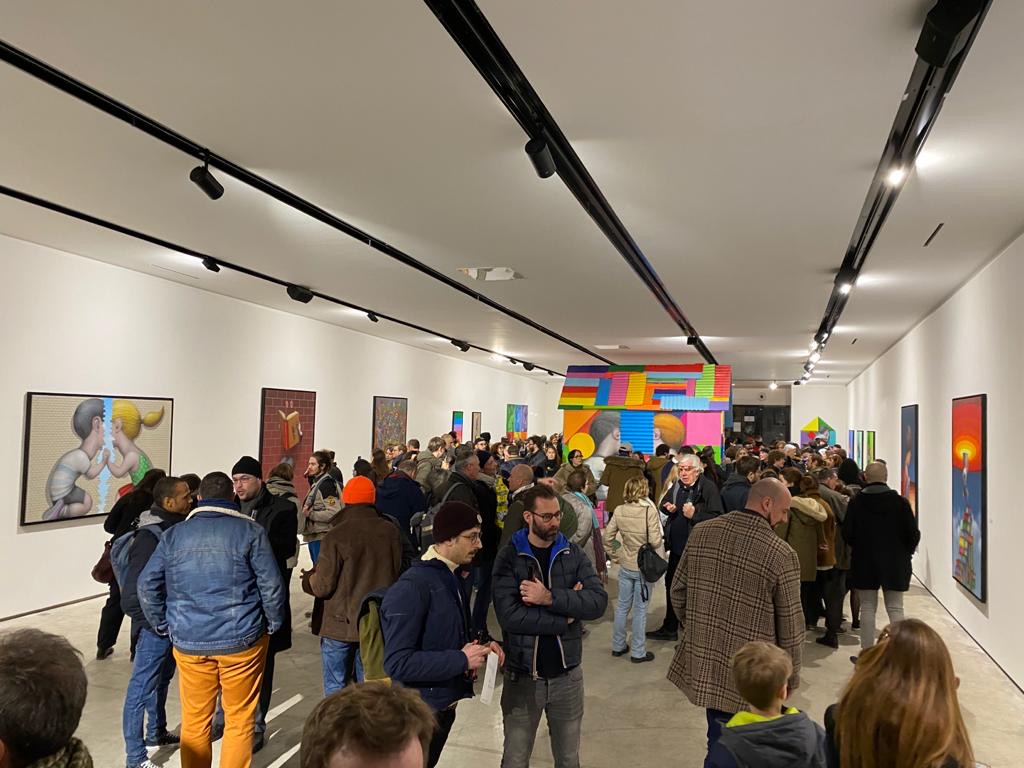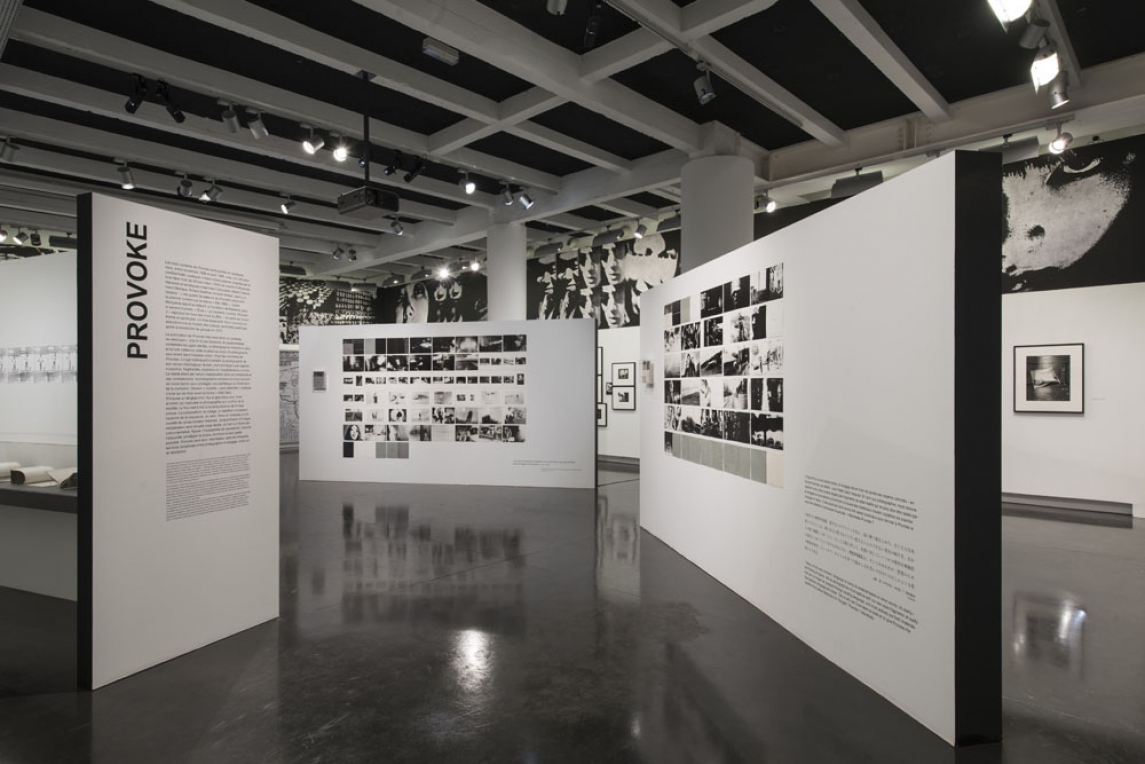With 42 municipal pools (piscines) across the city, Paris is a great city for swimmers – and also very easy on the monthly budget.
There are a few rules specific to Paris pools, however, so we have put together this short guide to help you plunge into the water! French speakers can also have a look at the dedicated webpage for pools in Paris.
Ticket Prices
Most pools across Paris follow the same pricing scheme; however, some specific pools charge higher rates, so check prices before you sign up for a membership. The main pricing scheme for Paris pools is as follows:
- Single use ticket: 3.50€ per adult (2.00€ if you’re under 26 – bring proof of ID)
- Pack of 10 tickets: : 28.00€ per adult (16.00€ if you’re under 26 – bring proof of ID)
- Three month unlimited pass: : 43.00€ per adult (22.00€ if you’re under 26 – bring proof of ID)
You will need to show your ID to get a discount. You will also be asked for proof that you are a resident of Paris in order to obtain a pack or monthly pass, so be sure to bring your rental contract or other proof of residence with you on your first visit.
If you sign up for a three-month membership, you will be issued with a “pool pass” to which you will be required to affix a passport-style photo of yourself (to avoid passes being shared between multiple users).
Many pools offer a range of classes including aquagym/aquabike or swimming lessons (in French). These are an additional cost.
Useful Information
All swimmers are required to wear a bathing cap. Male swimmers are required to wear a close fitting swimsuit and not loose fitting trunks/shorts. Most pools have vending machines selling approved swimwear as well as goggles, though you should feel free to bring your own so long as it meets requirements. Don’t forget to bring a towel!
Pools have separate changing rooms for men and women or entirely single cubicle changing rooms. All pools have free lockers you can use, usually with a code you decide on the spot, but some still use a €1 coin deposit system, so it’s best to bring a coin with you. Even though there are lockers, it is always a good practice to leave important valuables at home to avoid theft.
You must remove your shoes before entering the changing rooms, and then take a quick shower before entering the pool. There are open showers and some individual ones in closed stalls.
The association Acceptess-t, which promotes education, equal rights, health and sports for transgender people in France, organizes a special swim session at the Arimaux pool (see below) on Thursday from 4:30 pm to 6 pm (except for summer and other public holidays). More information here.
Lastly, please note that hours vary greatly depending on the pool and the time of year. During the academic year, some pools are used by school groups, so it’s always best to check the hours of your local pool before heading over. Once you get used to going to the pool, you will get a sense of when is best to go (even pools have “rush hours”!).
Notable Pools in Paris
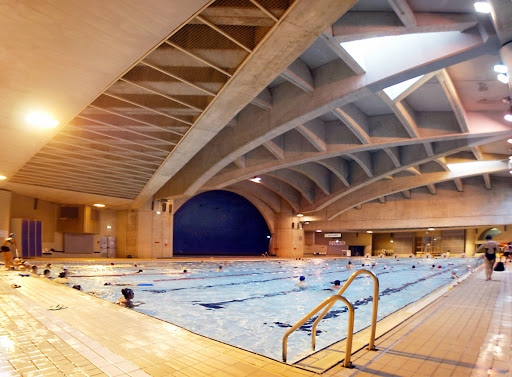
Photo: Piscine Berlioux
This pool is great option for a number of reasons. Firstly, it is very centrally located within the Westfield Forum Les Halles shopping mall (situated close to the movie theatre). Secondly, it is an Olympic-sized pool, granting plenty of space and length for serious swimmers. Lastly, it’s hours are also much better than other pools. Nevertheless, all of these benefits come at a cost, tickets here 5.00€/adult (reduced rate: 4.10€ if you’re under 26).
This complex in the east end of the 12th arrondissement is one of the largest pools in Paris. It has a two pools, an Olympic-sized pool of 15 × 50m, which has a retractable roof, and and a smaller pool of 12.5 × 25m. This is also one of the only pools which has a dedicate time frame for nude swimmers (naturalistes), though they still need to wear their bathing cap!
Located in the charming Butte-aux-Cailles neighborhood of the 13th district, this is one of the oldest existing pools in Paris. The current brick building dates to 1922 and is classified as a national monument, however, the pool’s origins actually go back 1866. This is when a natural hot spring was discovered on this spot and a public bath house was built around it. The pool is 33m long and its unique curved roof makes for an enjoyable swim. It also has two smaller outdoor pools.

Piscine Baker, Paris Info and top photo
For a unique swimming experience, try this pool floating on the Seine. Opened in 2016 and named in honour of performing artist Josephine Baker, who spent much of her adult life in France, the pool is found near la Bibliothèque Nationale in the north of the 13th arrondissement. It is particularly nice in summer when you can swim in the open air, relax on a sun lounger on its raised terrace then make the most of the Paris Plages (Paris Beach) events which are held in part along the river here from mid-July through mid-August.
Another classified monument, this pool and housing complex were completed in 1927. Found on a back street in the north end of the 18th arrondissement, the pool has a beautiful Art Deco facade. This style is echoed on the interior as well, with the pool surrounded by levels of individual change rooms. The pool made its way onto the silver screen in Jean-Pierre Jeunet’s 2001 movie Amélie.
*This pool is currently closed for renovations ahead of the Paris 2024 Olympic Games. Updates on its reopening can be found on the Piscine Georges Vallerey Facebook page*
Found in the 20th arrondissement, this vast pool was built for the 1924 Summer Olympics which were held in Paris. Not surprising, it thus has an Olympic-sized 50 metre-long pool. It also has a retractable roof, perfect for summertime swims.
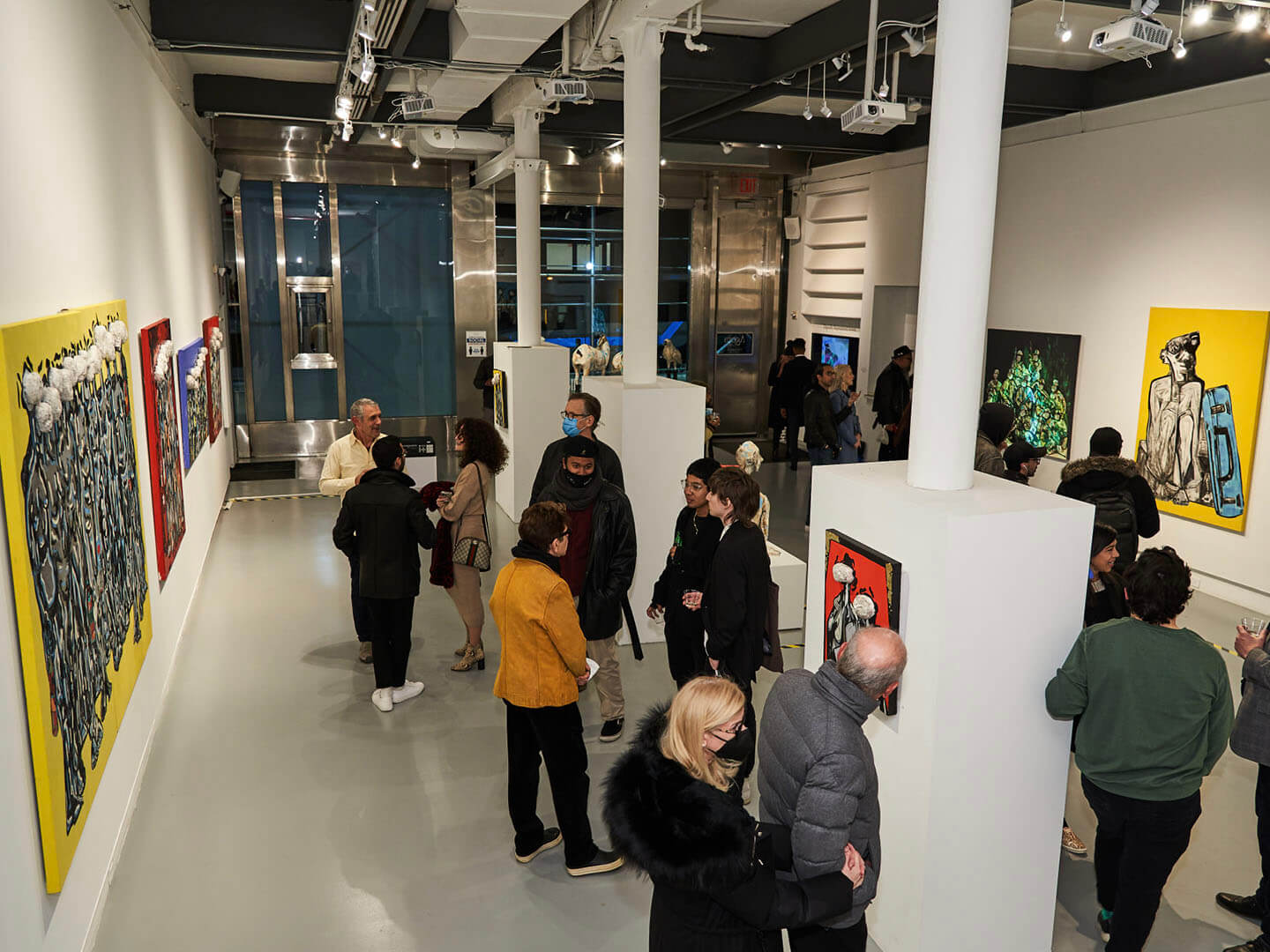

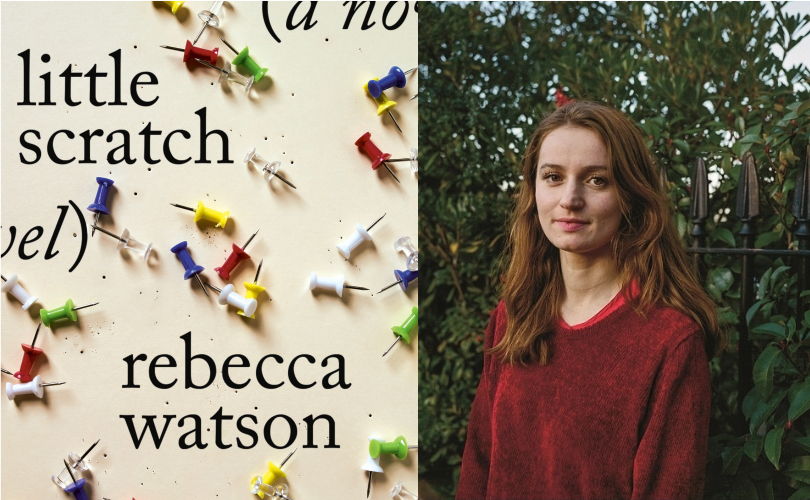
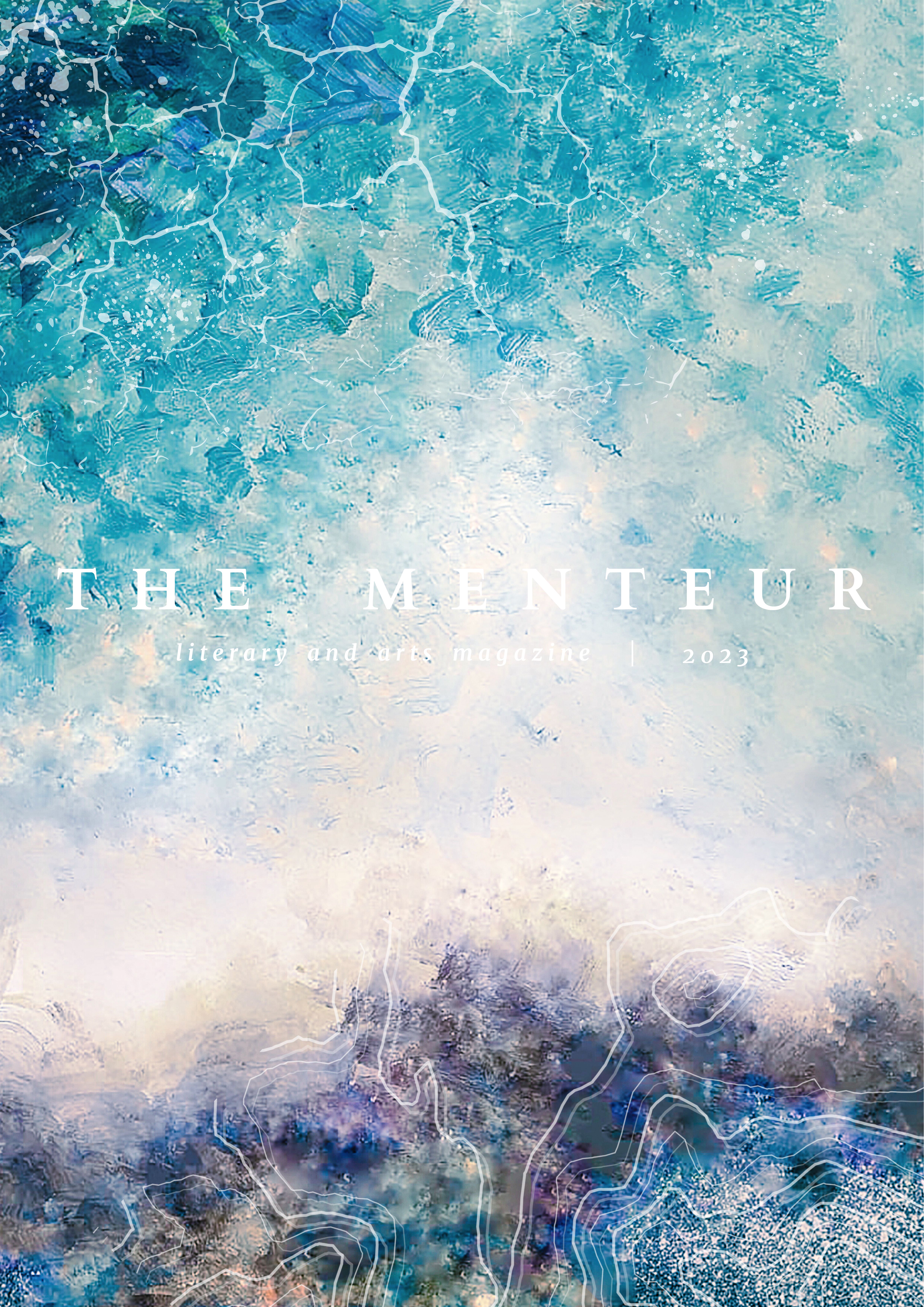
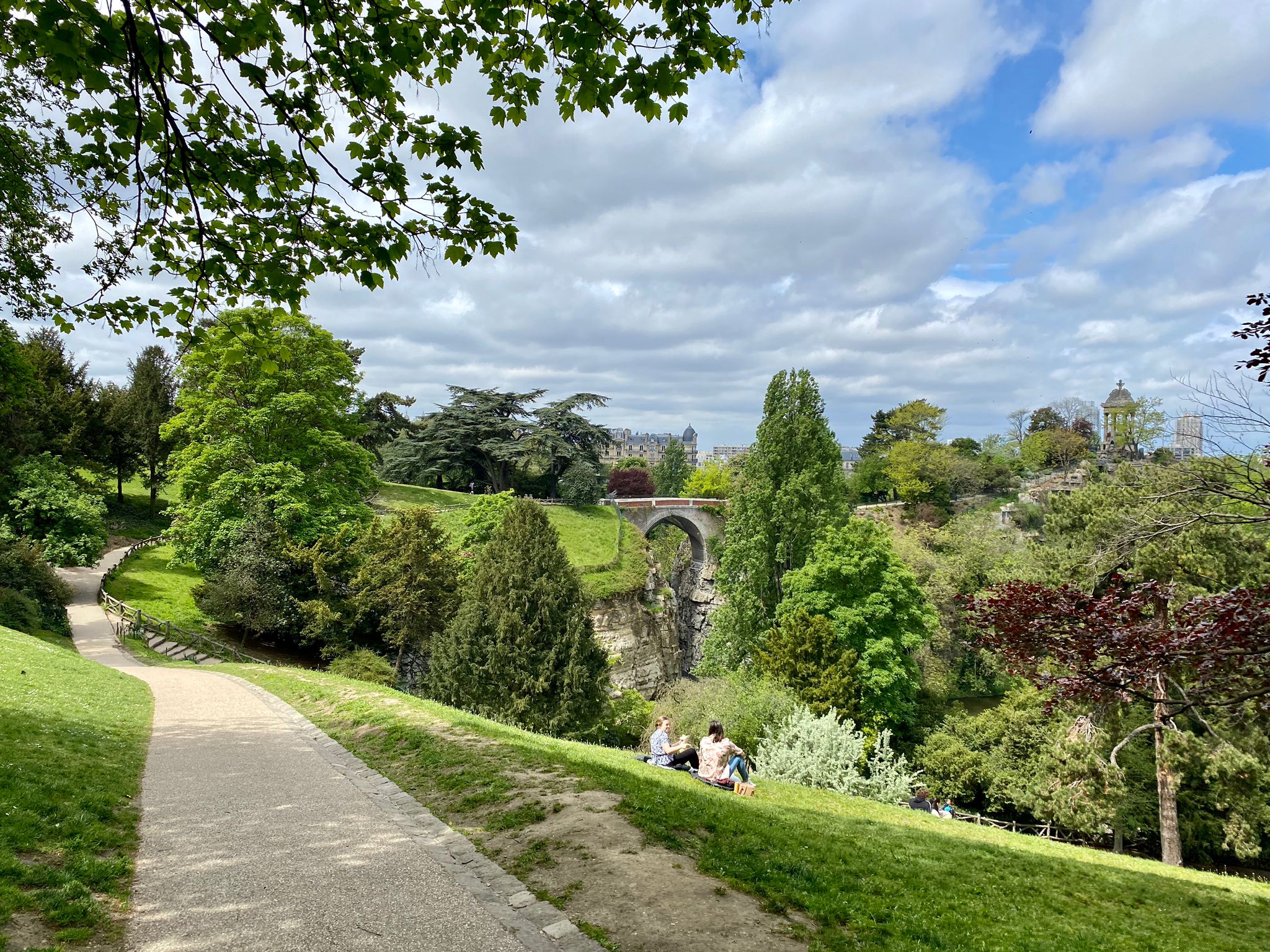

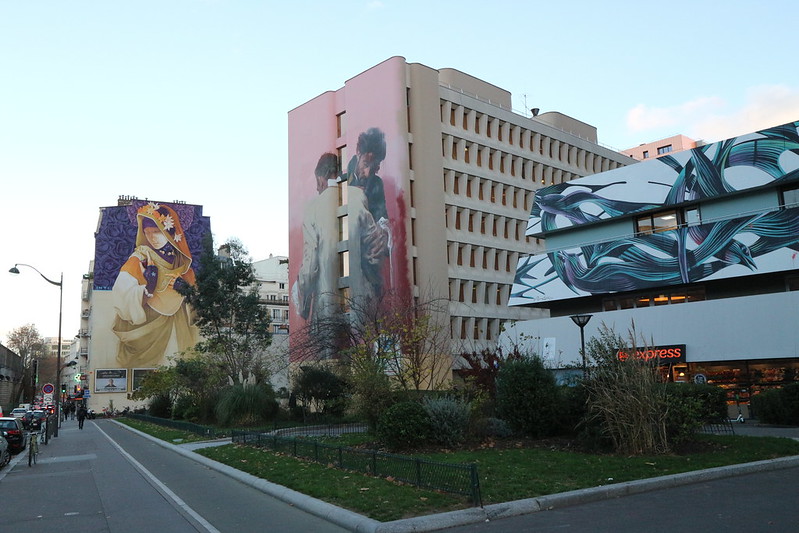
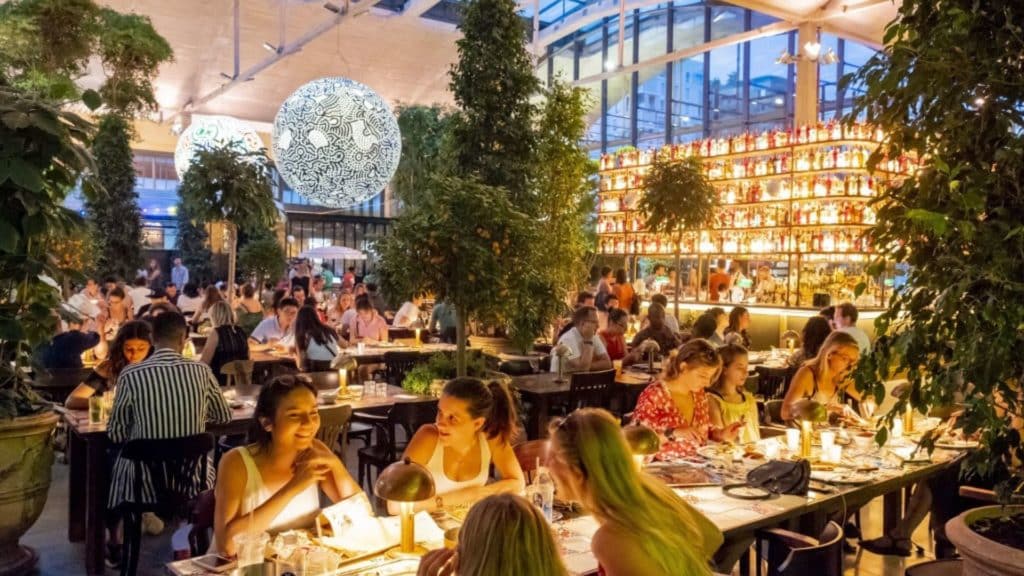
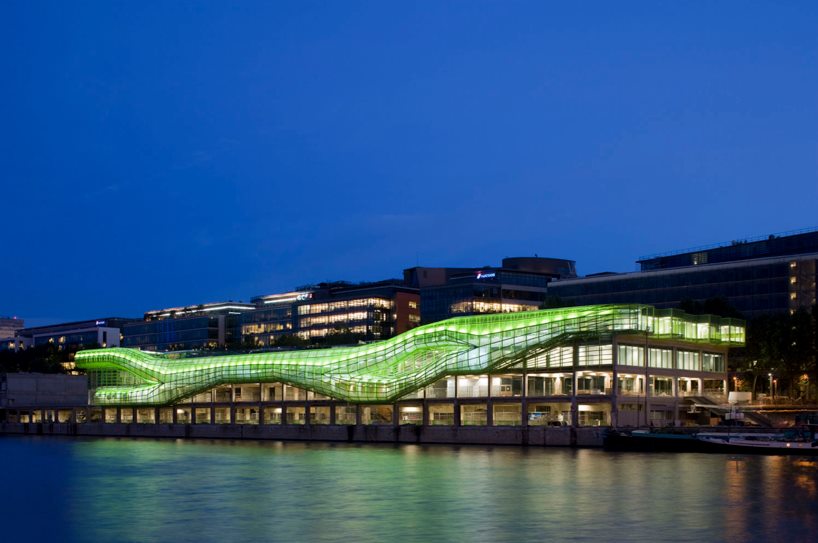
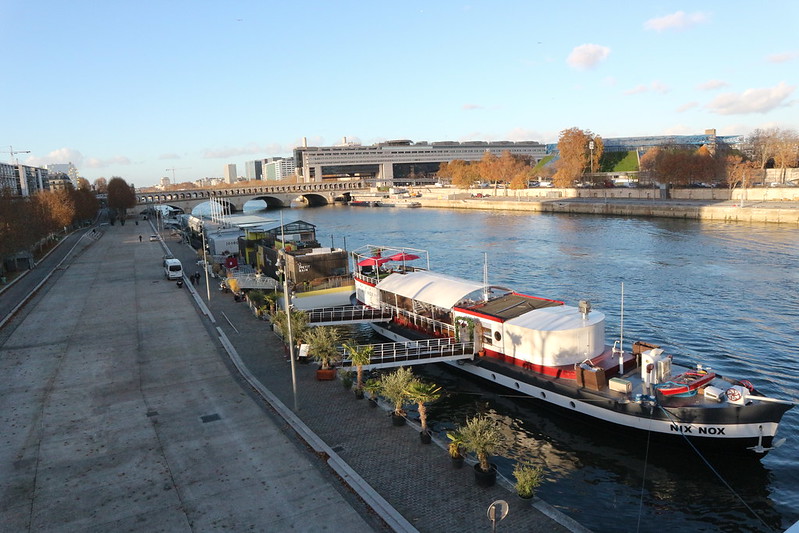 Port de la Gare
Port de la Gare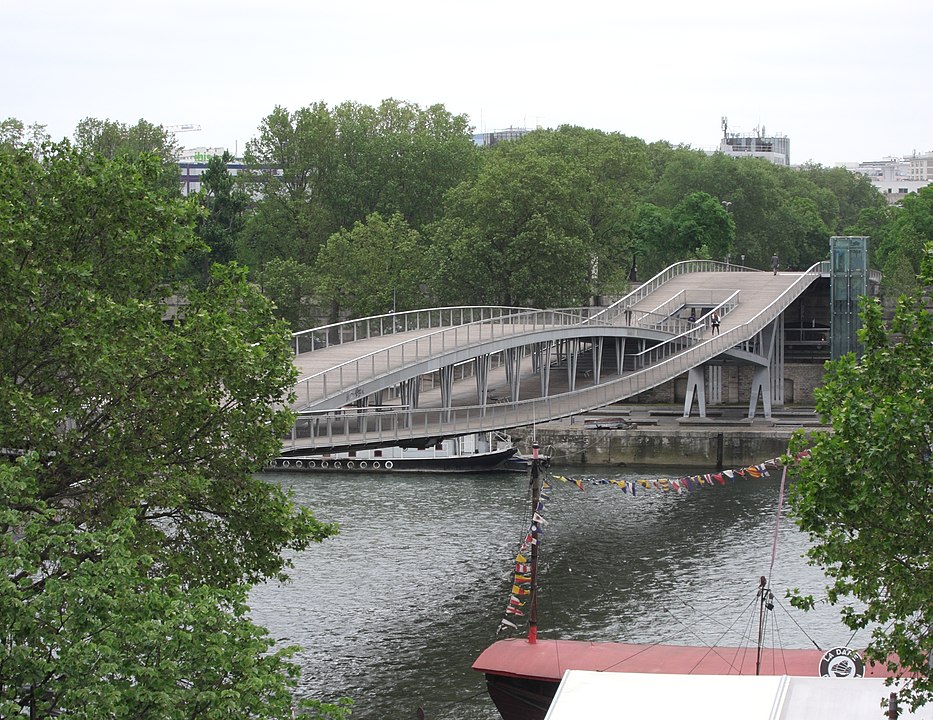
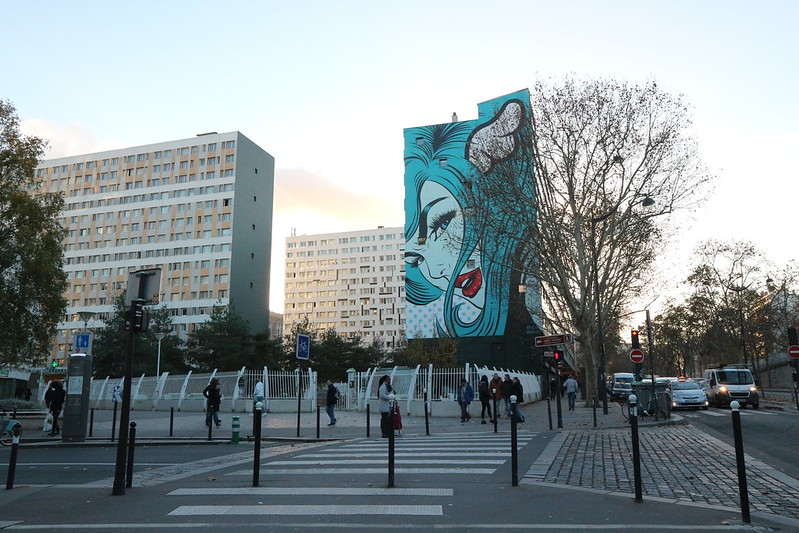
 Butte-aux-Cailles
Butte-aux-Cailles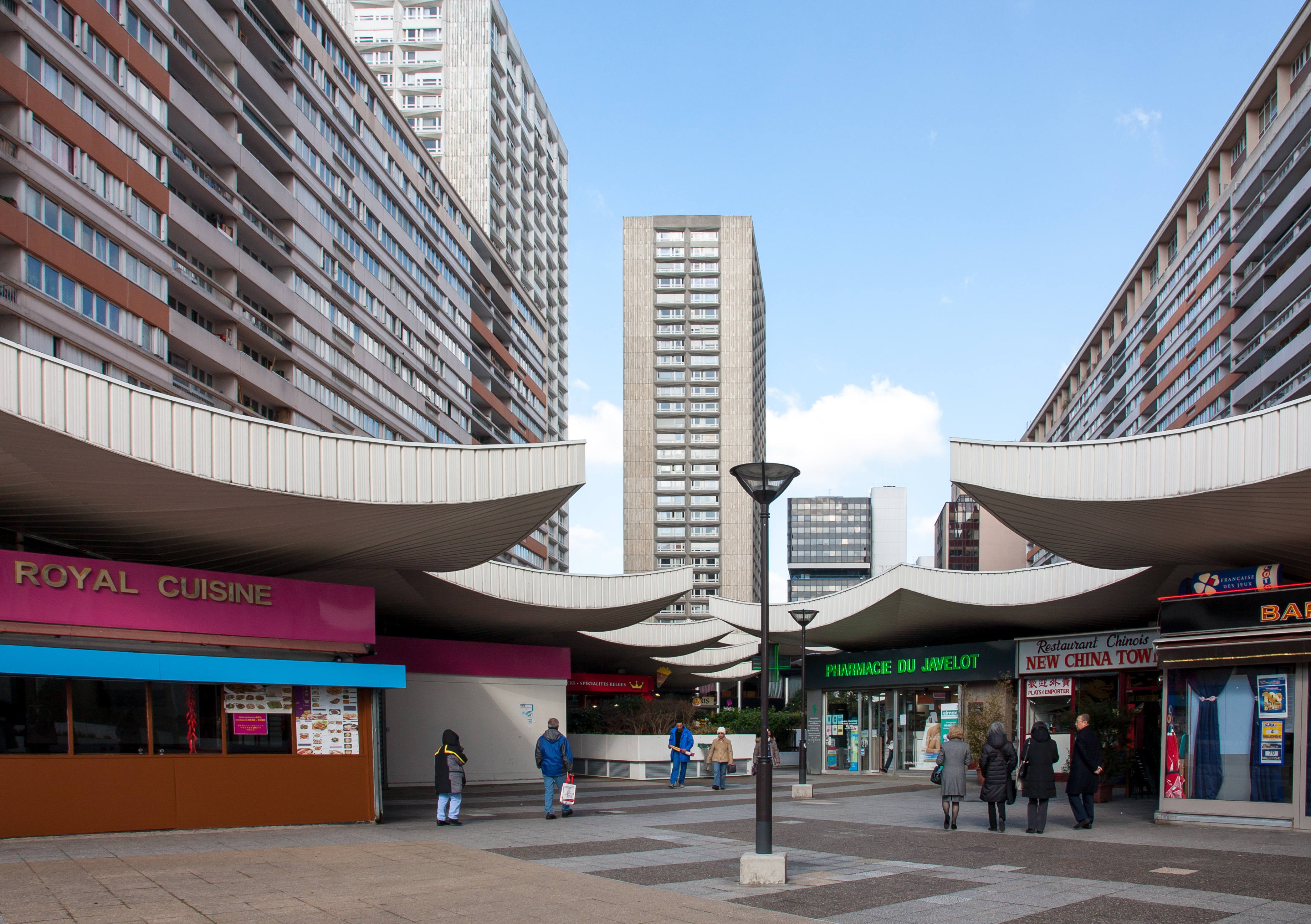


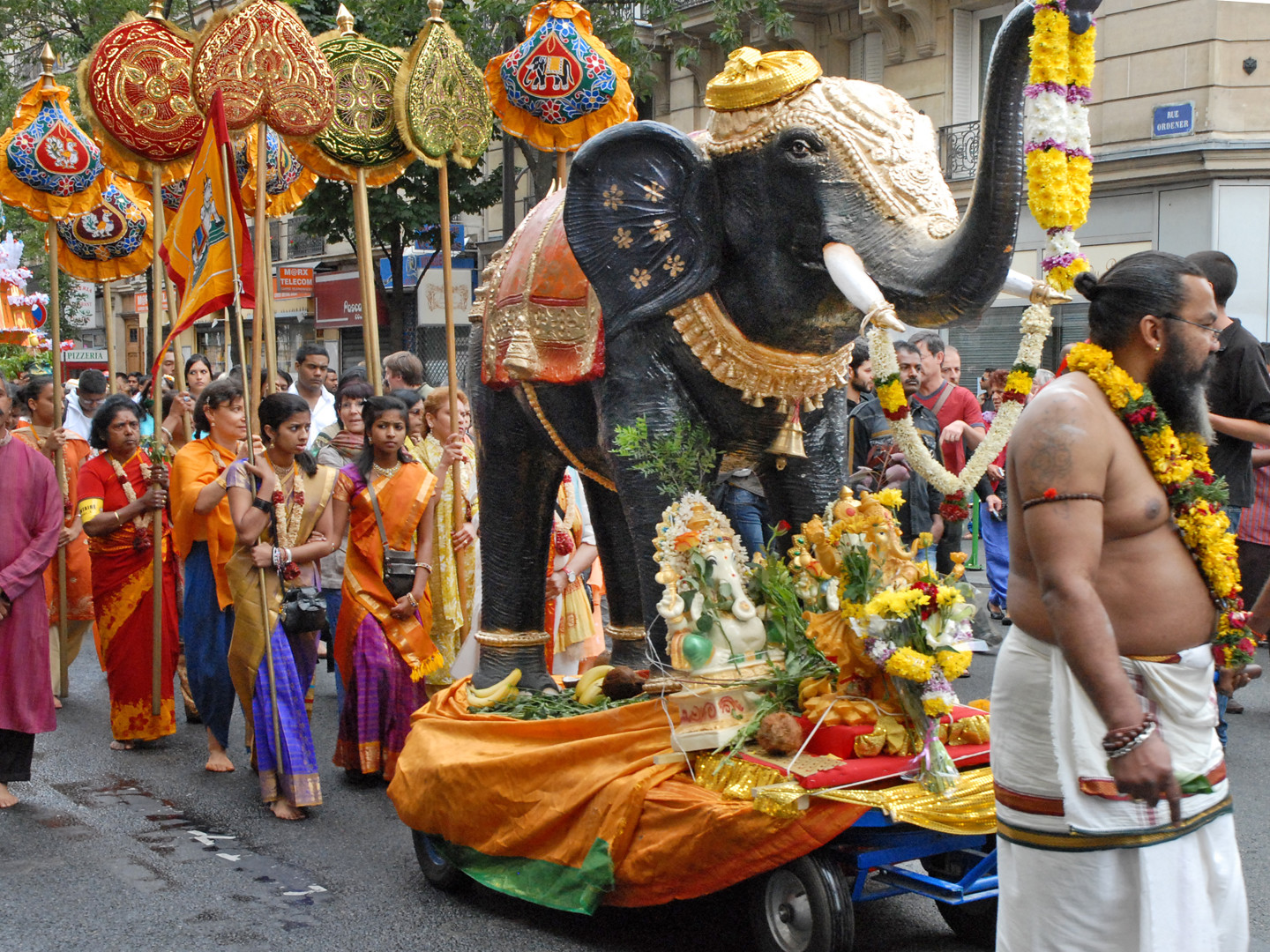
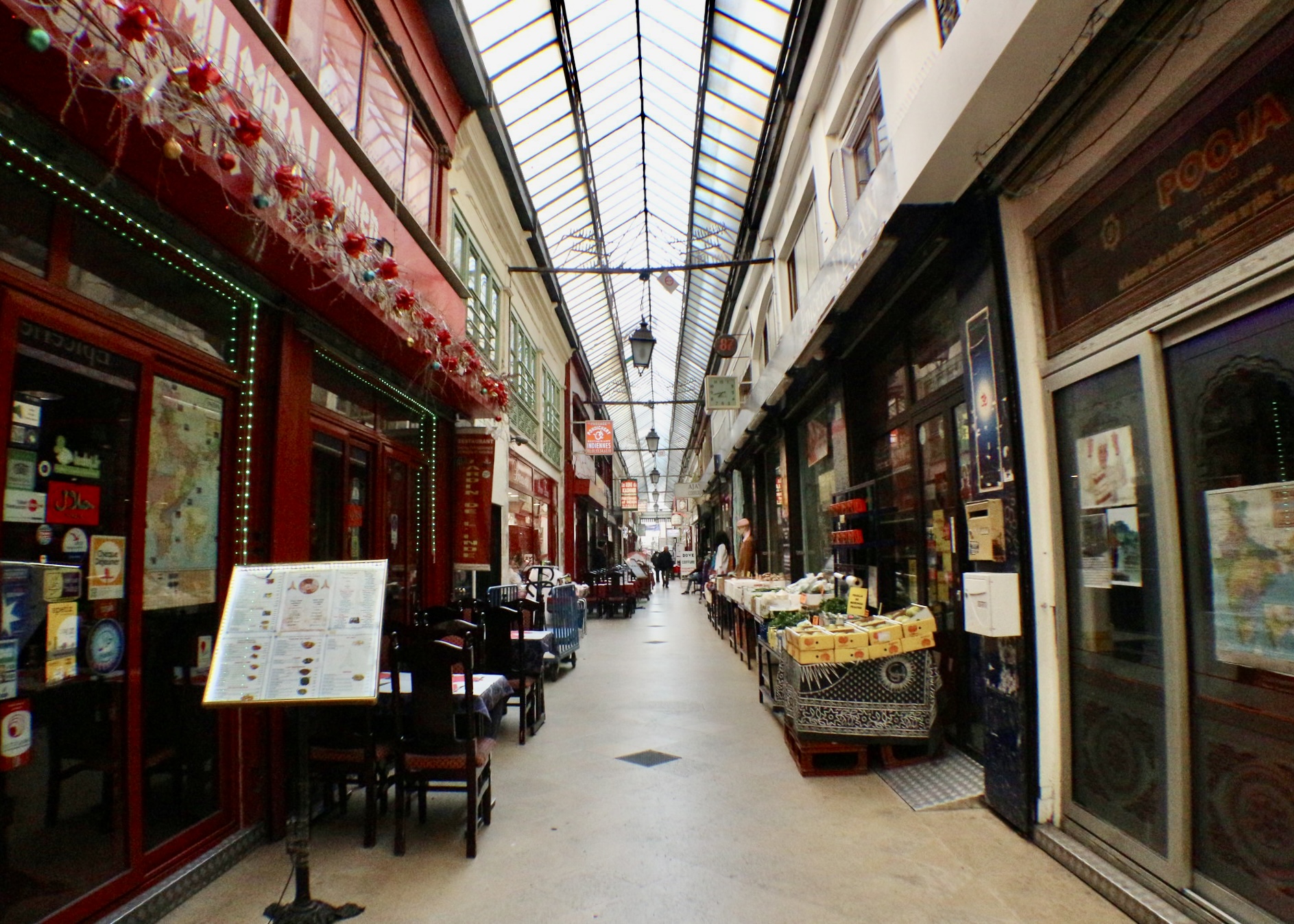
 Little India
Little India